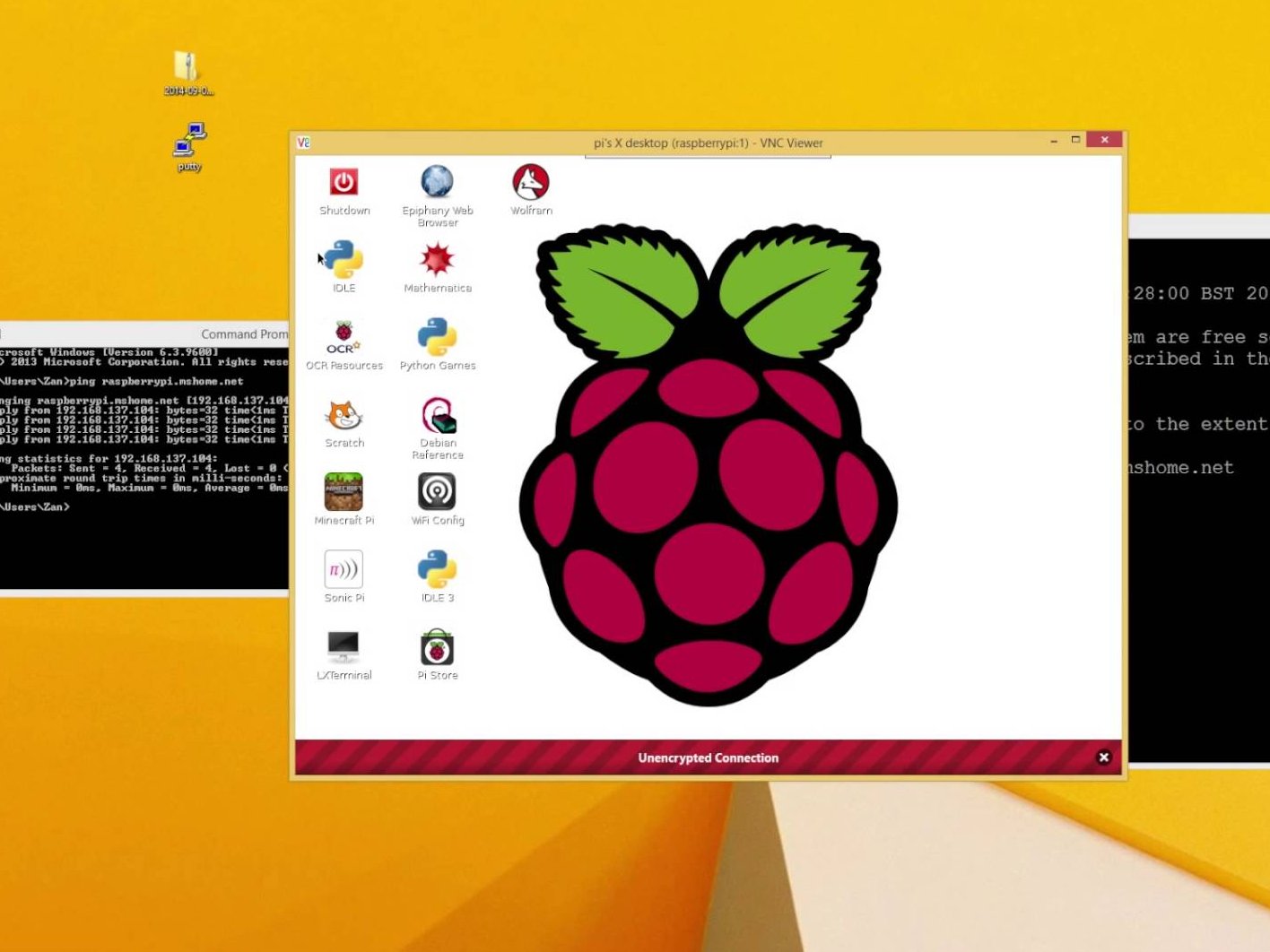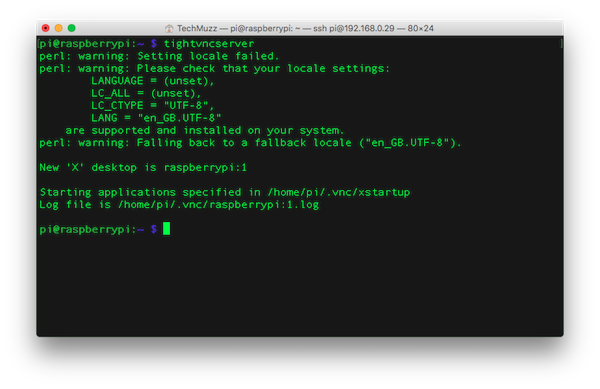
- #START VNC SERVER ON BOOT RASPBERRY PI INSTALL#
- #START VNC SERVER ON BOOT RASPBERRY PI UPDATE#
- #START VNC SERVER ON BOOT RASPBERRY PI FULL#
- #START VNC SERVER ON BOOT RASPBERRY PI DOWNLOAD#
Interval Transfer Bandwidth Total Datagrams

0.00-10.00 sec 90.1 MBytes 75.6 Mbits/sec receiverĪdd a flag for UDP, and another to set target bandwidth over 1Mbps which is default in iperf3’s setup. iperf3.exe -c Ĭonnecting to host, port 5201 Distros are available here for all OS types.Īfter that, you’ll want to run the following command to test it out using TCP. Of course, final step is to test the thing out. So, consider that if you’re having issues with your App-based rule approach. For what it’s worth, I’m using a Palo Alto Networks firewall and it doesn’t seem to match the iperf App-ID on the initial outbound UDP flow, but it does for everything else. So, you may need to rules to allow the outbound UDP flows separately from the rest. This seems similar to the behavior of active mode FTP, but the firewall doesn’t inspect and compensate for it. The server seems to send a separate UDP flow on some ephemeral ports. The only thing that may be non-standard is UDP flows coming out from the iperf server after a client initiates a UDP test. It would require some additional flags to be specified on the server and client to change the default port. In my case, it was inbound TCP/5201 and UDP/5201 however, you can customize these ports if needed. You will have to setup some NATs and security policy to address the needed iperf flows. If you are running behind a firewall, or ISP-provided modem. If you need to add any additional flags to your server instance, do it here. Mine was still default so pretty much anywhere would do except for after the exit is called. Since this file could have been customized on your RPi already, it could look like anything so you should add it where appropriate. Now, let’s set it to boot at system start: sudo nano /etc/rc.localĪdd this line somewhere before the exit 0. This is pretty simple to install, as most linux packages are.
#START VNC SERVER ON BOOT RASPBERRY PI INSTALL#
Sudo apt-get install -y python-sense-emu-doc realvnc-vnc-viewer Sudo apt-get install -y python-sense-emu python3-sense-emu

The article also suggests these for some beautification and common use packages: sudo apt-get install -y rpi-chromium-mods
#START VNC SERVER ON BOOT RASPBERRY PI UPDATE#
But, it essentially comes down to: sudo apt-get update It took around a couple of hours all in all.
#START VNC SERVER ON BOOT RASPBERRY PI DOWNLOAD#
The RPi package servers apparently don’t download all that quickly. This was easy enough, though time consuming. Updating the Raspberry Piįirst things first, I had barely touched my RPi in a while, so I needed to update Raspbian to the most recent distro – Pixel. So, I decided to set my own up from my home and let internet traffic in to use it. In any case, I didn’t want to wait when I’m smack in the middle of some heart throbbing troubleshooting.
#START VNC SERVER ON BOOT RASPBERRY PI FULL#
This makes sense in order to provide full resources to an individual test for reliable results. Unfortunately, iperf3 only supports one test at a time. I was recently battling for server time when doing to internet-based performance testing against one of the publicly listed iperf3 servers.

Setting up an iPerf3 Server on a Raspberry Pi


 0 kommentar(er)
0 kommentar(er)
